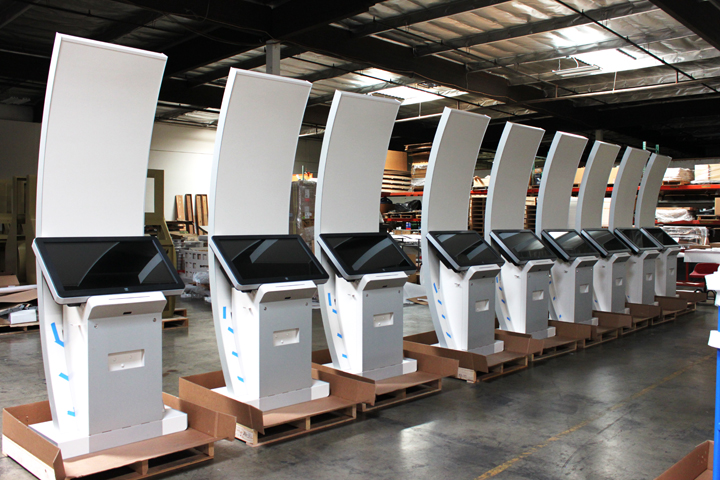Tips On Successful Deployment Of Kiosks

Each passing day, more businesses are coming up with kiosks as a way of creating efficiency and convenience to their customers. Businesses view kiosks as a way of cutting on costs and increasing in their revenues. As much as this is true, deployment of kiosks is a project that requires planning, execution and follow up to ensure that their potential is maximized, that is, being the most efficient and generating the maximum revenue possible.
For a kiosk to be successful, there are tips that must be in company’s mind in order to realize its success. Some of these tips are:
1.Define the objectives of your business and the target audience:
Kiosks are dynamic machines offering many functions. When designing kiosks, define your objectives and target audience clearly. This will influence the design of the physical unit, components to be included and the design of the user interface. You should also consider the number of users that you intend should be able to use the kiosk and its portability. Always work closely with your customers so as to know the kind of specifications that will cater for their needs. The more clear the objective the more likely it will be to satisfy the goals of your company.
2. Strategic location of the kiosks:
Kiosks, just like retail stores, people won’t go to them just because they exist. They will go to these kiosks if they are conveniently located. This is the primary role of the kiosks, that is, to offer convenience. If you place your kiosk in an area which is out of way for the clients, they will divert to more convenient places. Also, in the placement of kiosk, traffic should be considered otherwise the expected sales and revenue may not be realized.
3. Create awareness about your kiosk:
Doing business without creating awareness about it is like winking at a girl in the dark. No one knows what you are doing except you. With the increase in the kiosk demand, one of the ways to promote your kiosk is by use of signage on your kiosk. This enhances the attention of potential users is captured.
4. Use of representatives:
Since the demand for self service is increasing, the customers may be reluctant to try something new as they may be unaware on how to use them. However, this can be curbed by training staff that will assist users who may find difficulties as they use the kiosks. With guidance, on the kiosk functionality, customers will adopt the new system and eventually become dedicated users. If one gains confidence and know-how, they will prefer the self-service option thus increasing the customer satisfaction and efficiency.
5. Analyze data:
Once the kiosk starts functioning, it is advisable to start data tracking and the phase analysis. By use of software that is configures with the kiosks, the company can collect detailed information on the statistics. From the data collected, a business can optimize its deployment and ensure it is generating the best returns on investment for the business.
By following these tips during the deigning, development and deployment of your kiosk, it will result to the best results which is happy customers and happy and profitable business.
